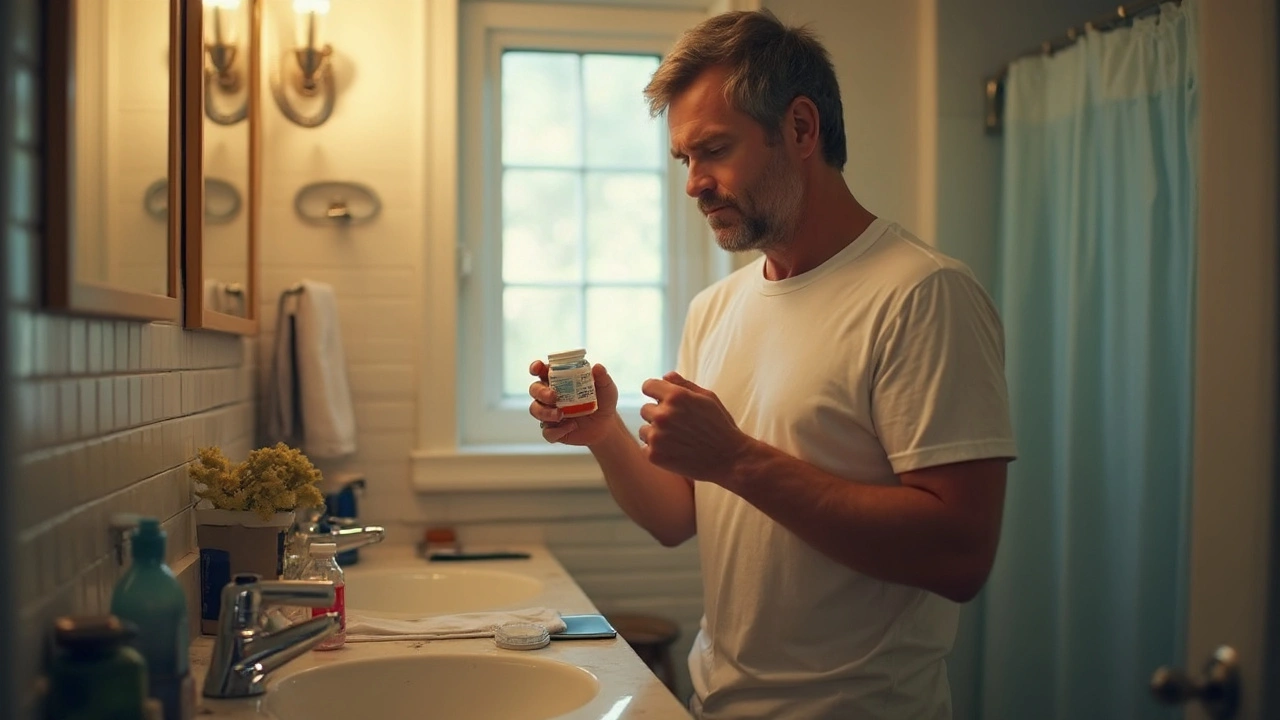Understanding Urinary Symptoms and What to Do About Them
If you’re suddenly needing to pee more often, feeling a burning sting, or noticing a weak stream, you’re not alone. These signs are called urinary symptoms and they can pop up for many everyday reasons. The good news? Most of them have simple fixes or clear next steps.
What Triggers Common Urinary Issues?
First, let’s break down the usual culprits. Dehydration makes urine more concentrated, which can irritate the lining of the bladder. Too much caffeine or alcohol can act like a diuretic, sending you to the bathroom dozens of times a day. Infections, especially urinary tract infections (UTIs), cause pain, urgency, and sometimes cloudy or foul-smelling urine. Hormonal changes, such as those during menopause, can thin the tissues around the urethra, leading to leakage or urgency.
Quick Home Strategies to Ease Symptoms
Before you rush to the doctor, try a few at‑home steps. Drink plenty of water – aim for eight glasses a day – to flush bacteria out of the system. Skip or limit caffeine, soda, and spicy foods if they seem to worsen urgency. Practice the “double‑void” technique: finish a bathroom trip, wait a minute, then try again to empty the bladder completely. Over‑the‑counter pain relievers like ibuprofen can help if you feel a mild ache, but avoid aspirin if you have a stomach ulcer.
If you suspect a UTI, a short course of antibiotics usually clears it up. Still, keep an eye on fever or blood in the urine; those signs mean you need professional care right away. For persistent leakage, pelvic floor exercises (often called Kegels) can strengthen the muscles that control flow. A simple routine is to squeeze the muscles you’d use to stop urinating, hold for five seconds, then release – repeat ten times, three times a day.
When symptoms linger for more than a week despite these tricks, it’s time to schedule a visit. A doctor can run a urine test, check for kidney stones, or look for signs of an enlarged prostate in men. Early detection of conditions like bladder infections or interstitial cystitis can prevent complications.
Remember, not every urinary symptom signals a serious problem, but paying attention to changes in your bathroom habits helps you catch issues early. Keep a short diary of what you eat, drink, and how often you pee – it’s a handy tool for both you and your healthcare provider.
Bottom line: stay hydrated, watch your diet, use simple exercises, and don’t ignore persistent pain or blood. Your bladder will thank you, and you’ll feel more in control of your daily routine.
Flomax is the go-to medication for many men dealing with the frustrating symptoms of benign prostatic hyperplasia (BPH). This article takes a practical, human-focused approach to explaining what Flomax is, how it works, the kind of results real guys can expect, and what to watch out for if you're thinking of starting it. You'll find the facts, relatable advice, and tips for making Flomax as effective and hassle-free as possible.

